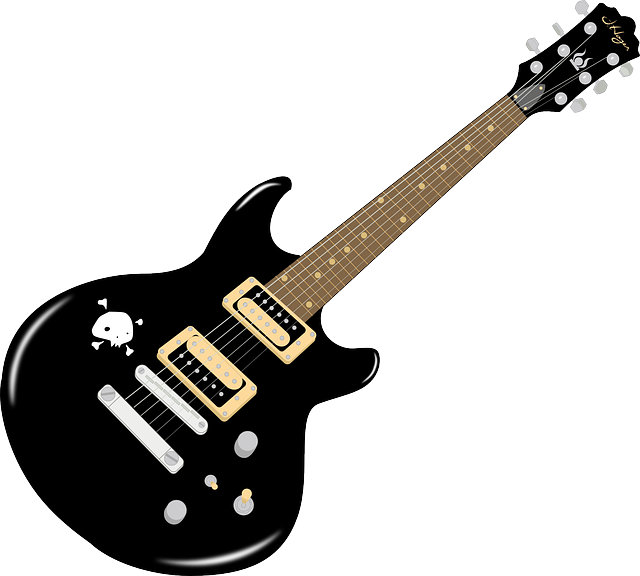Many guitarists consider at least one effect pedal an essential piece of gear. Depending on the genre of music you perform, this could mean anything from an inexpensive transparent overdrive pedal to one with multiple tuning octaves.
Pedals provide you with an invaluable way to expand the possibilities of your guitar’s sound beyond what can be accomplished through onboard amp controls alone, but purchasing your first pedal may seem intimidating! When you first shop for a guitar pedal, use a seller who can also help give you advice on the best setup.
Ordering a Pedal Chain
Pedals are small, inexpensive and highly portable devices used to alter the audio signal from your guitar. These pedals may come in the form of single effect pedals such as Ibanez Tube Screamer, Electro-Harmonix Big Muff Pi, Boss DS-1 and CE-1 or Shin-ei Uni-Vibe or Wah Wah Vox; or multi-effect processors with multiple effects integrated in one unit.
Which pedals you select will depend on your genre and desired sound. For instance, rock musicians might benefit from adding overdrive and compression pedals as well as delays, reverbs and modulators into their soundscape. Conversely, those seeking more natural sounds might consider simple overdrives or volume pedals instead.
Decisions on how and where you arrange pedals in your chain can have a dramatic effect on their interactions, as well as the tone you achieve. Experiment with various pedal orders until you find ones that best suit you and your gear.
As long as your pedals work well together, there is no wrong way to stack them. But there is an optimal arrangement which will produce great results and minimize problems when setting up pedals – this includes compression/volume first, overdrive/modulation second and reverb or delay last.
Power
A vast world of guitar pedals may seem intimidating at first, making it hard to decide which is suitable for you from among their plethora of options with prices ranging from $10 – $2000.
Consider the genre and tone you play before purchasing a pedal. Your amplifier must also meet current capabilities to be suitable; some pedals may need more current than others to achieve desired effects; for this reason it is crucial that an isolated power supply be chosen.
Overdrive and distortion pedals will require a power source with high output current, while other effects might only need small amounts. Therefore, it is highly advised that you purchase at least 300mA capacity power supplies so all of your pedals operate properly.
Other effects are more subdued, like the reverb pedal that can transform your guitar sound to create the impression that it was played inside a pipe or concert hall, and chorus pedals which create shimmer effects or mimic natural reverberations of your guitar’s sound in the air.
Other pedals are intended to improve your performance on stage. Compressors, limiters and noise gates can help keep volume under control and eliminate hisses introduced through long pedal chains or inferior stage and building wiring. Bass pedals may also prove helpful; just ensure that they’re balanced according to lower frequency dynamics of the instrument in mind when purchasing one.
Cables
Guitarists frequently rely on pedals to produce unique and interesting sounds. To fully take advantage of them, however, the right cables must connect your pedals together and also carry signals between your guitar and amplifier.
Your choice of cable can have a significant effect on the sound quality, as different kinds are designed for different functions. For example, overdrive and distortion pedals add gain, dirtiness, crunchiness and crunchiness to your tone, while EQ/booster pedals alter frequency ranges of your input signal. Furthermore, cable gauge can have an effect – the higher it is gauge, the less signal degradation is experienced.
No matter which cable you opt for, it’s vital that it fits seamlessly with your setup (guitar and amp) before making a decision. A patch cable between high output pedals such as distortion and EQ pedals is an effective way to gauge how various cables affect your sound.
Hosa offers high-quality patch cables with right-angle pancake connectors that sit flush against pedal jacks to save space on your pedalboard. Furthermore, these oxygen-free conductors and spiral shielding ensure your signal remains pure and undiluted.
Pedal Selection
Pedals are digital or analog circuitry designed to modify the signal sent from your amplifier, giving players access to an array of different sonic textures. Players often use pedals as part of a complete sound, transforming an original idea or riff into something that embodies their personal musical style and tastes.
No matter if a player is beginning with just one pedal or expanding an existing collection, when purchasing guitar effects pedals there are a number of key considerations they should keep in mind when purchasing them. First and foremost is what type of pedal they wish to purchase from four main categories; each offers unique sounds.
Gain-staging pedals amplify the intensity of your guitar signal from clean boosts through to distortion and fuzz effects, from clean boosts all the way to distortion or fuzz effects. Ibanez Tube Screamers are perfect for pushing an amp into overdrive while pedals like ProCo RAT 2 give your tone classic rock or blues distortion for increased impact.
Modulation pedals enhance simple, pure tones with subtle variations over time, using effects like chorus, flanger and tremolo to gradually alter their pitch at an adjustable rate and depth. Many songs utilize pedals like Electro-Harmonix Small Clone Chorus and the Mooer ElecLady Phase 90 from this category to achieve that jet engine whoosh that makes an impressionistic statement about a song’s content.


